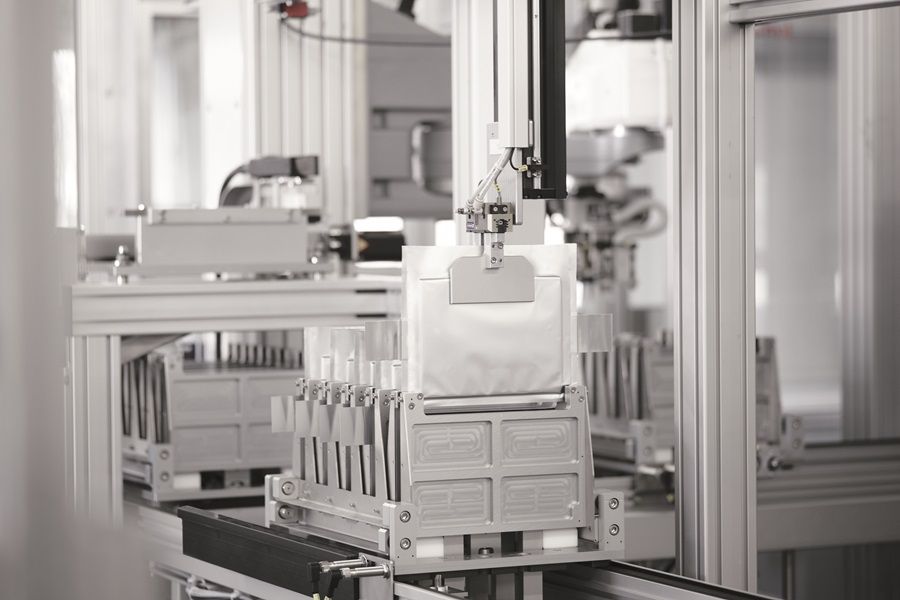Electromechanical vs. Hydraulic: A Linear Motion Case Study
There’s a delicate balance in the constant evolution of today’s assembly line. Once dominated by hydraulics, manufacturing floors are incorporating a growing number of electromechanical solutions to supplement legacy hydraulic components, particularly in lower force, linear motion applications. Manufacturers that recognize this trend and harness the benefits of both hydraulic and electromechanical solutions position themselves to optimize future operations, regardless of market trend demands.
Doing More with Less
Running parallel to the increased adoption of electromechanical technology is a growing consideration for sustainability practices. While European manufacturers have embraced this trend, U.S.-based manufacturers have yet to recognize the long-term monetary benefits of it. Additionally, compliance regulations continue to be introduced in a variety of sectors within manufacturing and the processes will need to reflect those industry standards.
Electromechanical solutions can be more compact and use less components than hydraulic ones. By simply reducing the amount of space needed for a certain process, manufacturers can cut down on hazardous risks from unnecessary equipment and also eliminate unnecessary time maintaining those additional components. Electromechanical solutions operate only when needed – the power required for the task is the only power that’s being consumed. Hydraulic solutions require constant pressure from a pump, which means they may use more energy to complete the same task. Although some electromechanical solutions may be more expensive up front than their hydraulic counterparts, the lower long-term cost of ownership and the reduction of line-down repairs give electromechanical solutions an excellent return on investment.
A Premium on Precision
Not only are manufacturers incorporating sustainability practices into their processes, but they are also being asked to make more precise and tight-tolerance parts. Ball screw and planetary screws are the foundation of electromechanical actuators due to their high precision, accuracy, and mechanical efficiency. When paired with a servomotor, they operate as the work horse in electromechanical operations and are the catalyst in ensuring a reduced amount of scrap and an increased percentage of highly specified, usable products. Beyond the motors, sensors also play a critical role in electromechanical processes by delivering accurate, real-time process feedback. Sensor integration with electromechanical actuators is simple, because the information is sent directly to the servo drive and improves the accuracy and efficiency of the process. Monitoring and digesting that sensor data and translating it into actionable insights is becoming the norm in manufacturing, and those who do it well are at a competitive advantage.






